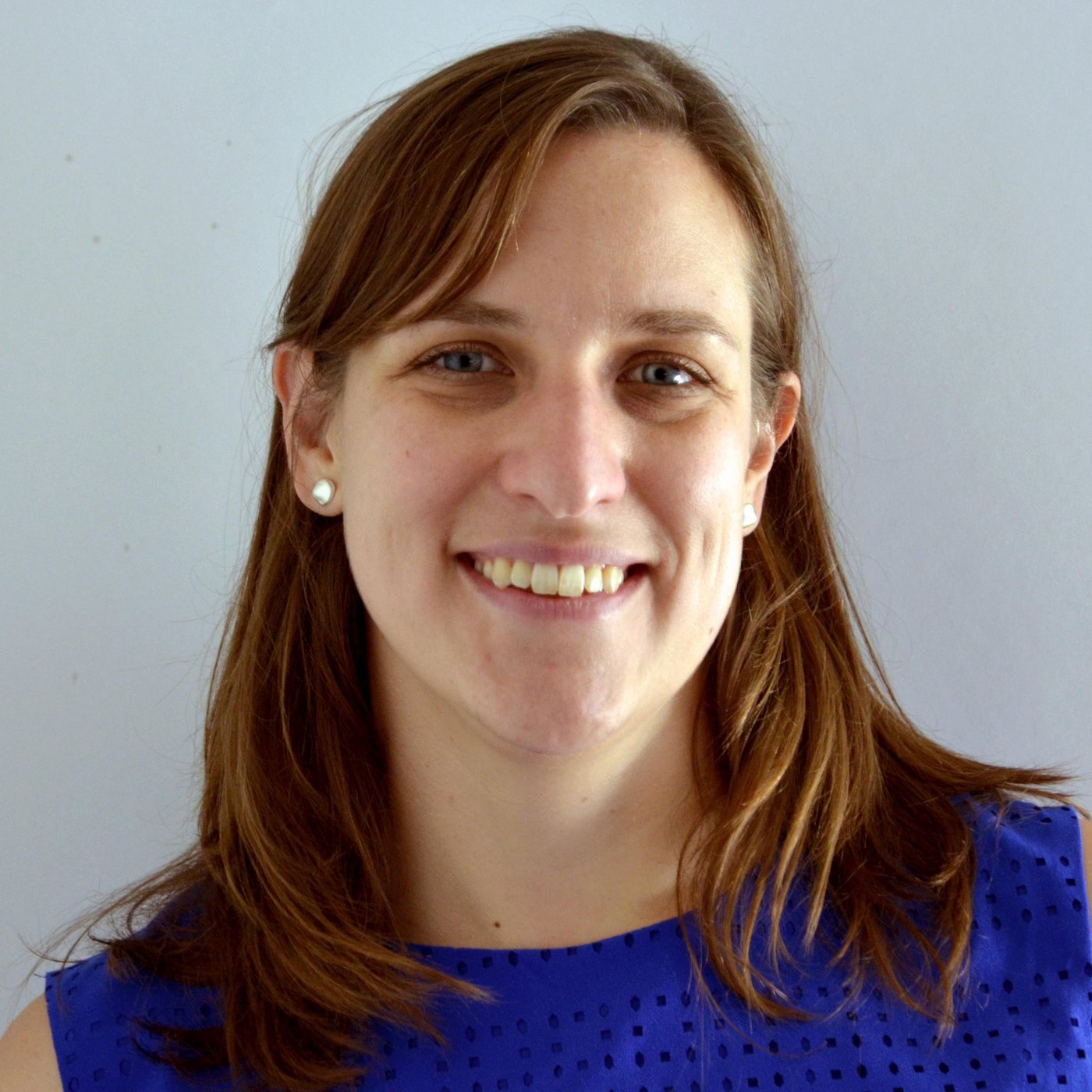Process-guided machine learning with multi-source satellite data to quantify global soil moisture and N2O emissions
Nitrous oxide (N2O), an ozone-depleting and greenhouse gas with a strong global warming potential, has increased rapidly from 270 ppb (parts per billion) in the 1750's industrialization to 336 ppb in 2022 in the atmosphere (Tian et al., 2024). Agriculture has been the largest source of N2O emissions. Cropland N2O emissions are characterized by “hot-spots” and “hot-moments”, which are controlled by hydrological processes and soil microbial activities, and result in large uncertainties in estimation.
This PhD project aims to develop a Process-guided Machine Learning (PGML) to accurately quantify field-scale soil moisture and N2O emissions for cropping systems by integrating multi-source satellite observations, process-based ecosystem modeling, and in-situ measurements.
This research will provide more accurate estimates of N2O emissions from croplands, reveal their spatiotemporal variability and provide scientific support for the development of mitigation strategies in climate-smart agriculture. Additionally, this study will promote the integration of process-based models and machine learning, contributing to effective tools for mitigating global climate change.




